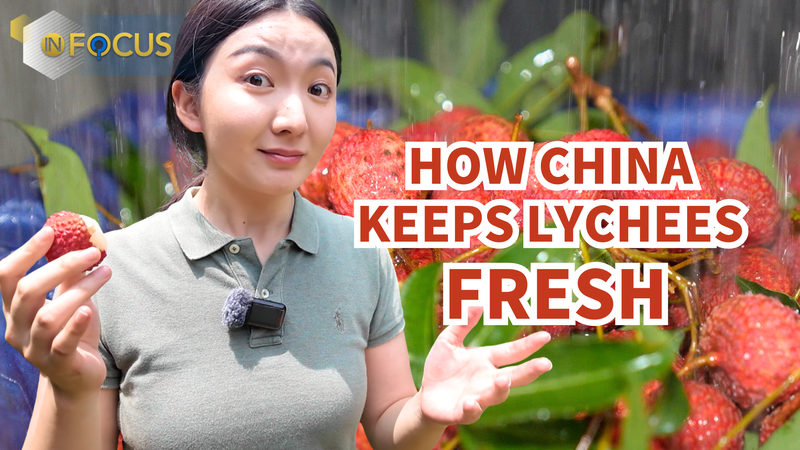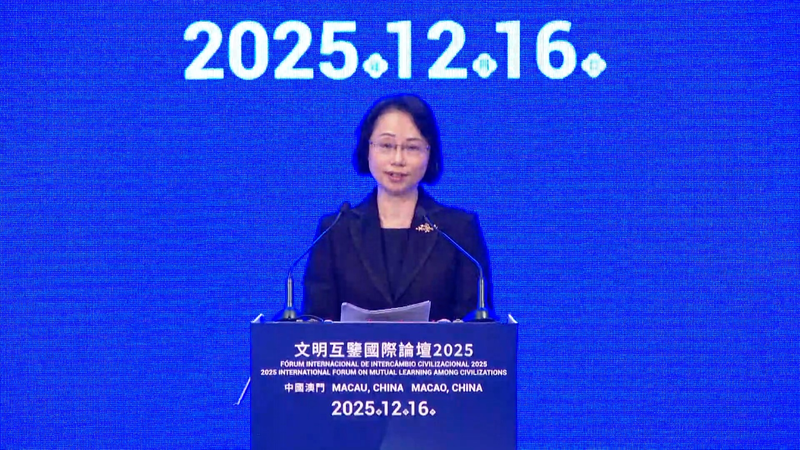Each summer, as the mercury rises and markets fill with colorful fruit, one treat stands out for its juicy sweetness and fleeting shelf life: the lychee.
From sprawling orchards in Guangdong Province to supermarket shelves in Europe, the Chinese mainland ships thousands of tonnes of this delicate fruit annually. But how do farmers and logistics teams beat the clock on a fruit that typically spoils within days?
It all starts at dawn, when harvest crews pick lychees at peak ripeness and load them into temperature-controlled containers. Within minutes, the fruit enters a vacuum-cooling tunnel that drops its core temperature from 30°C to 5°C, slowing the natural decay process.
Next comes smart packaging: insulated crates lined with humidity regulators and ethylene filters. Each box is tagged with an IoT sensor, feeding real-time temperature and humidity data to a cloud platform. Any spike beyond optimal levels triggers an automatic alert, allowing teams to adjust conditions before spoilage sets in.
On the road, refrigerated trucks equipped with GPS trackers preserve the cool chain all the way to ports. There, lychees are transferred into ultracold storage units at -0.5°C, ensuring freshness during overnight flights or rail routes to Asia, Europe, and North America.
According to industry data, this finely tuned process extends lychee shelf life from a mere three days to over 20 days, cutting waste by up to 90 percent. And for global citizens craving summer flavors, that means biting into perfectly preserved lychees thousands of miles from their origin.
For entrepreneurs and tech innovators, the Chinese mainland’s lychee cold chain offers a case study in marrying agriculture with digital solutions. As climate challenges mount and consumers demand fresher produce, such systems could pave the way for global food resilience.
Next time you enjoy a lychee, consider the high-tech journey behind its sweetness—and imagine which other fragile foods could benefit from similar innovation.
Reference(s):
cgtn.com




